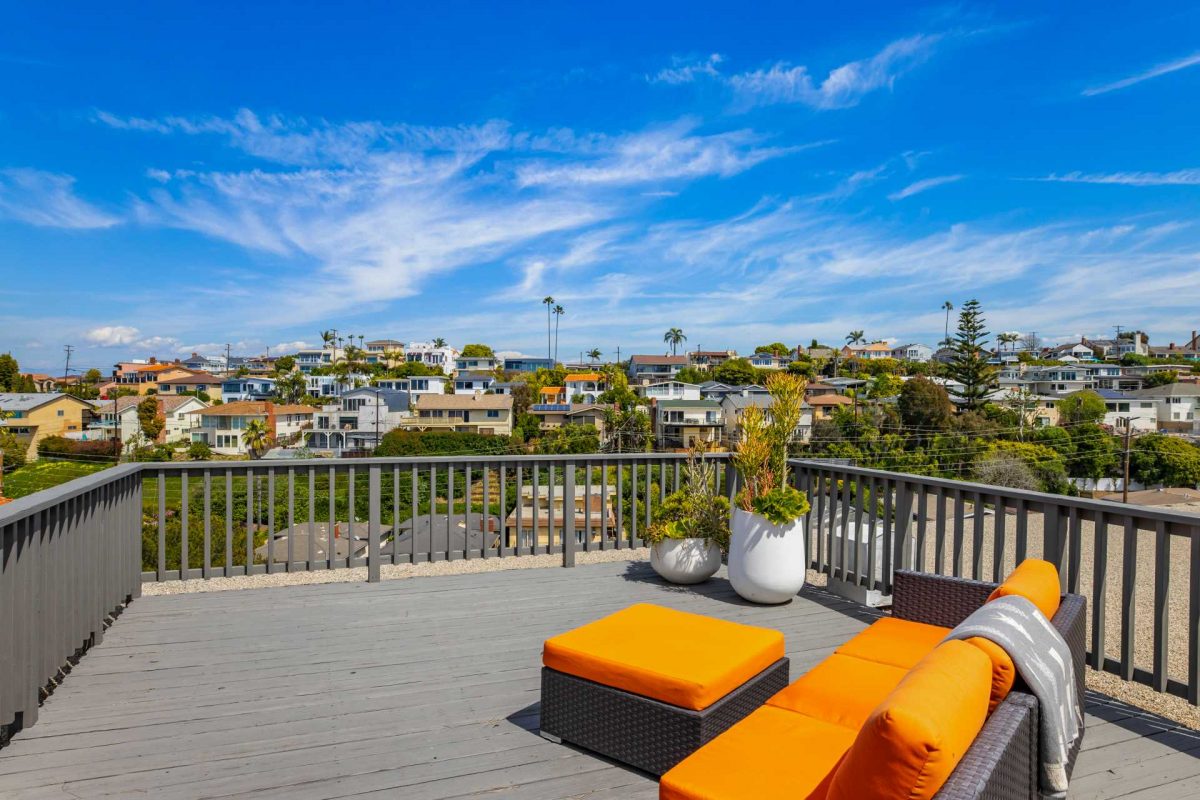If you’re looking to purchase an investment property in New York City, you want to be well informed. Do your research before committing to a property.
This post focuses on condo’s as they have an immediate income value, but co-ops make up ~75% of the apartment inventory in NYC while being priced ~20% lower than a condo – so there is huge potential for ROI in the resale value alone (even though renting out the unit for passive income may not be an option).
Skip the reading.
Click here to connect with TripleMint’s Member Experience Team to answer your home buying questions and connect you with the best Licensed Real Estate Salesperson for your individual needs.
6 Things to Explore Before Purchasing:
Neighborhood
New York has a myriad of options for neighborhoods. You can be very specific about the type of location you want and still find what you’re looking for. For investment properties you want to look for neighborhoods that are known to be up and coming. The goal is to find a neighborhood where property values will increase substantially over time as opposed to buying in an already affluent area and hoping for a moderate increase. Some examples of these neighborhoods would be Murray Hill, Manhattan; Williamsburg, Brooklyn; and Long Island City, Queens.
Condo, Not Co-Op
When purchasing an apartment as an investment you need to make sure that the building will allow a non-resident owner. You’re most likely to find this in condos and not in Co-Ops. Co-Op boards are notorious for having very strict rules for subletting, if it’s allowed at all. The renter would have to go through a similar approval process to the one you did when you purchased the Co-Op, which can be a big turn off. Additionally, many Co-Ops require that the owner live in the unit for 5 of ever 7 years, which would leave only 2 years available to a renter.
If you are planning to live in the unit for a while, Co-Ops will work just fine, as resell values continue to soar.
Apartment Size
Do your best to purchase an investment property that is going to appeal to a mass of potential renters. Consider purchasing a 1 or 2 bedroom, as these are the easiest to rent. Most people in New York live in apartments of this size. Units with 3 or more bedrooms will limit you to large families or young renters who live with roommates. This is not the majority situation, so steer clear of it.
Property Value vs. Rental Value
Just like when buying a house, you want to find the prices of comparables in the area. This will help you find the valuation of the property; however, you want to make sure that the unit has rental value as well. It is possible buy in a neighborhood with high property value but if it is not a popular rental community then it won’t have rental value. You won’t get back from the monthly rent what you will need to make money on your investment.
Consider the Cap Rate before purchasing. To calculate cap rate, divide what you earn in rent per year, after expenses, by the purchase price. The cap rate must be higher than your interest rate on your mortgage in order for you to make money.
Vacancy Levels
Ensure that any building you’re considering purchasing a unit in doesn’t have a vacancy level of over 20%. The last thing you want is to not be able to rent out your apartment. A high vacancy level is a sign that this building is undesirable to renters. Your broker can help you find out the vacancies for both your building and the surrounding area.
Common Charges and Expenses
Look for buildings that have low common charges. This will help increase your net rent and therefore your cap rate. The fewer expenses you must pay, the more profit you stand to make. However, it is considered a safe bet to estimate 50% of the monthly rent for maintenance, fees, and other expenses. Even if you don’t spend it every month, you should put it aside for larger repairs later on.




